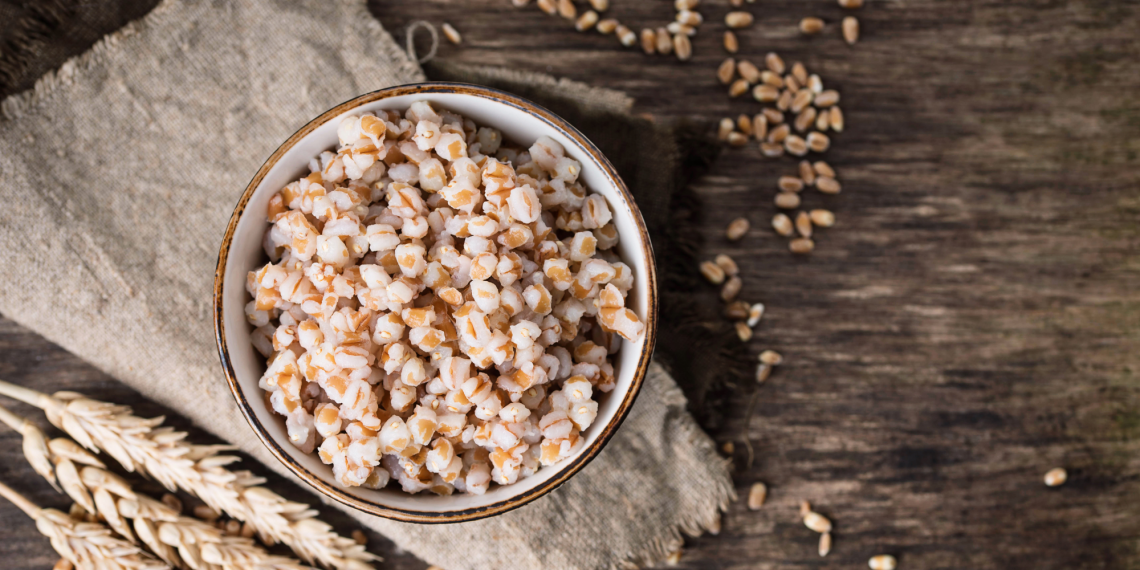
barley,facts
Barley cooked
- Barley cultivation began about 8000 years ago.
- Ancient Egyptians used barley to make bread and beer.
- In ancient Greece, barley was used as a special food for gladiators.
- Until the 16th century, barley was one of the most important cereals and was even used as a currency.
- Wild barley is native to western Asia and northern Africa.
- Barley is one of the most cultivated crops in the world (right after wheat, rice and corn).
- Barley is a cereal grain that belongs to the family of grasses.
- Barley is an annual plant, which means that it terminates its life cycle after one year.
- Barley has a short growing season and is also relatively drought resistant.
- Most barley (usually more than 50% of globally produced barley) is used as animal feed.
- The largest producer of barley in the world is Russia.
- Barley contains 8 essential amino acids, B-group vitamins and minerals such as magnesium, phosphorus, iron and zinc.
- Barley is used to make malt, which is a major ingredient of beer and whiskey.
- In the food industry, barley is used as a soup thickener.
- Barley is also used in vinegar production.
- The barley contains gluten (an elastic protein substance).
- Barley water is considered an alternative to coffee when caffeinated beverages are not recommended for health reasons.
- The barley usually increases its size up to three and a half times when cooked.
- The husked barley has a cleaner texture than the pearl barley and needs a longer soaking and cooking time because of its outer ternary layer.
- Soaking will help reduce cooking time and achieve optimum taste and texture.


 Bulgarian
Bulgarian 